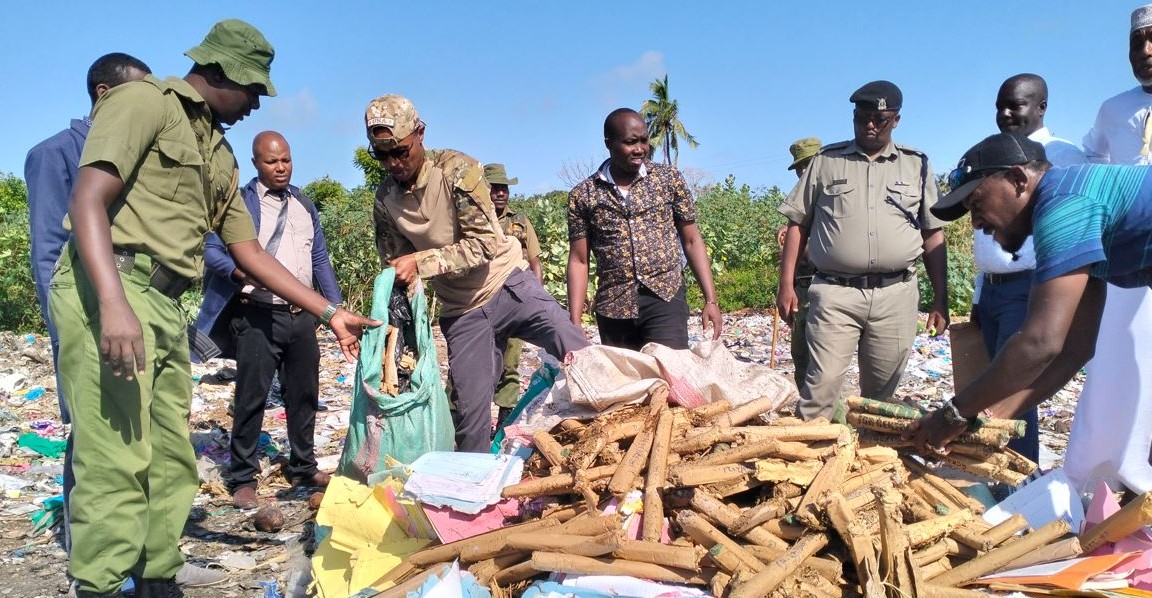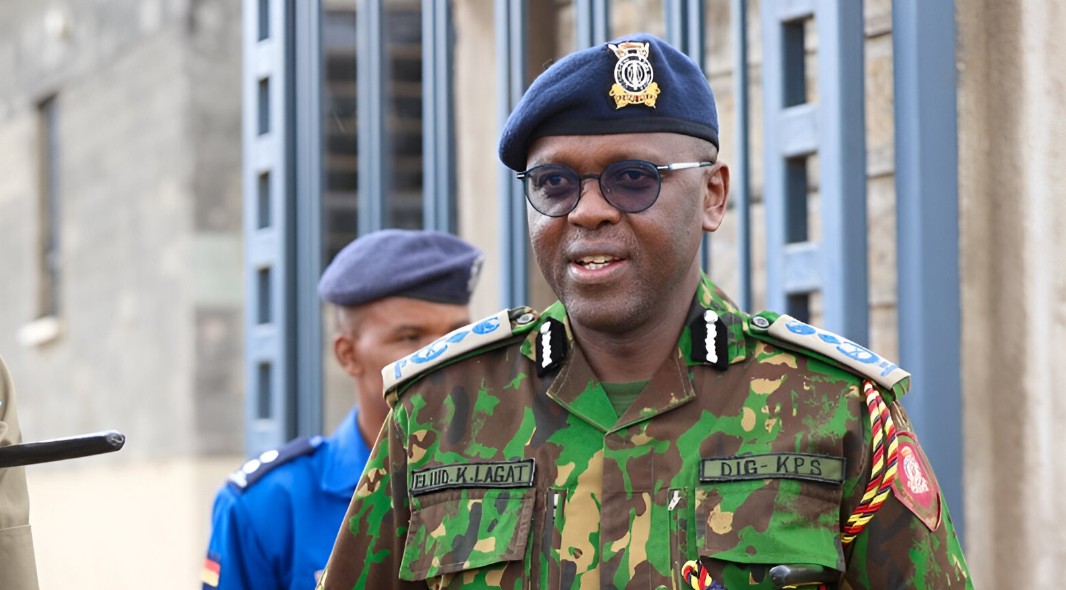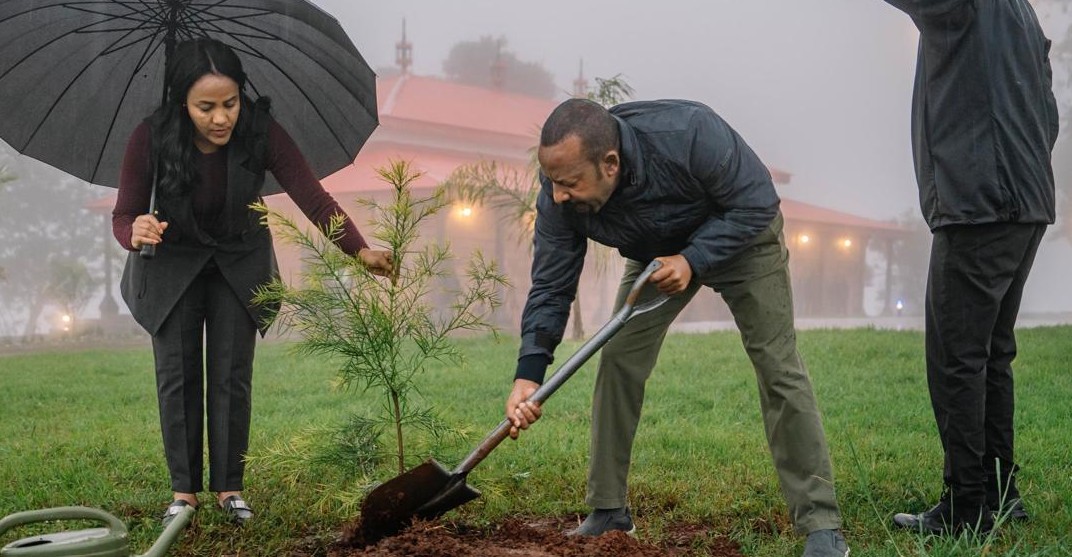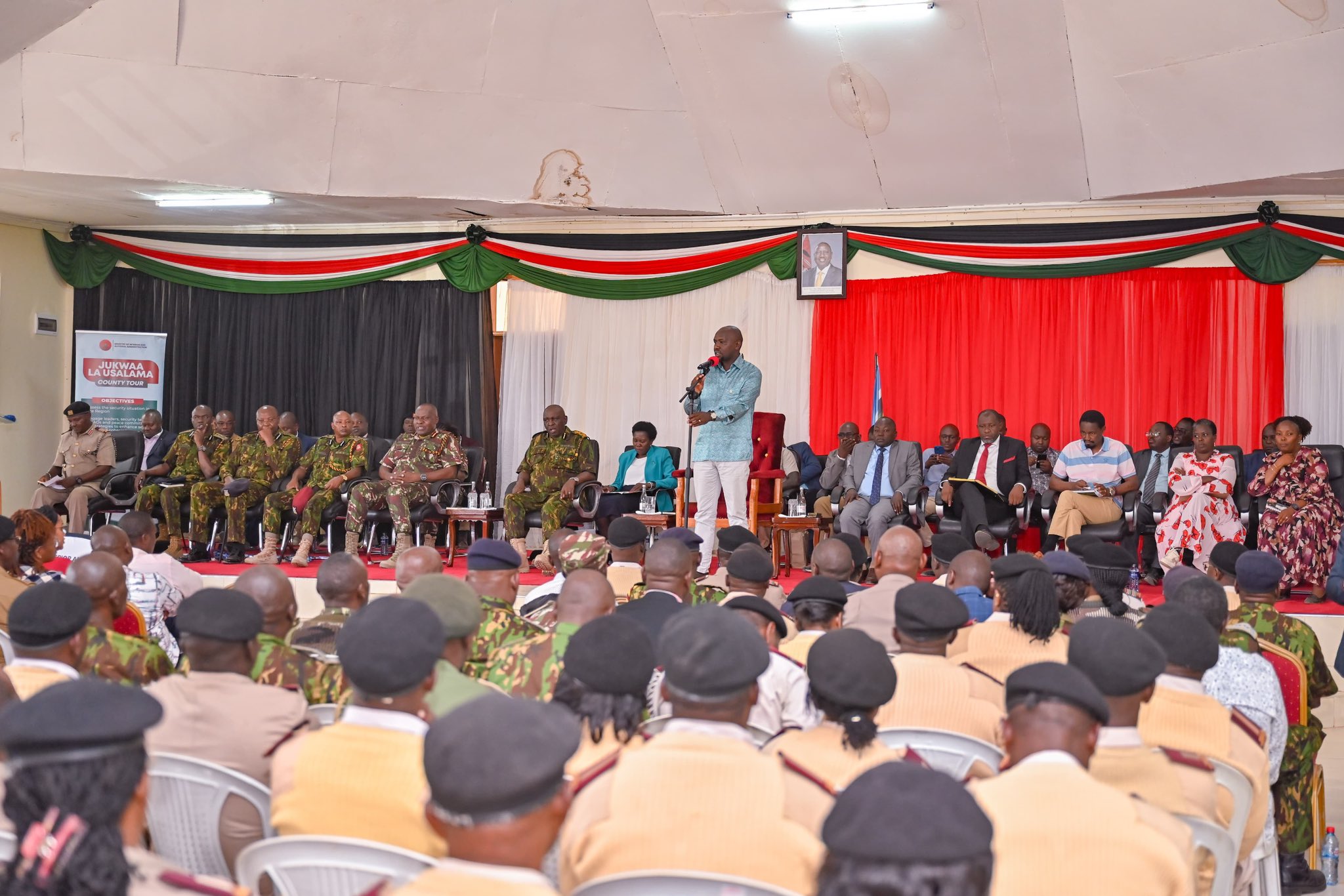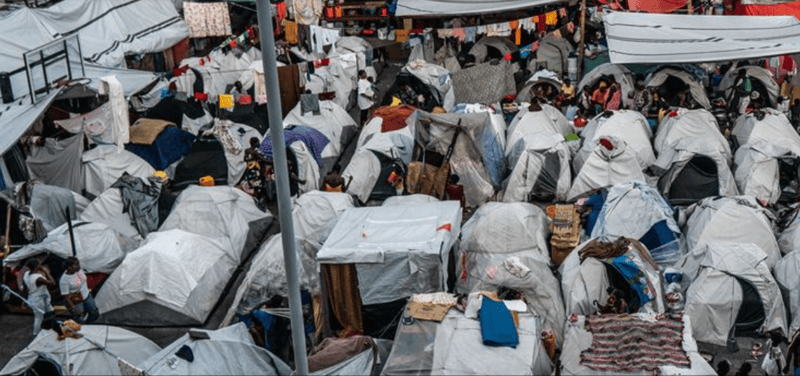17 people killed, 84,000 affected as flash floods cause havoc in Somalia- UN
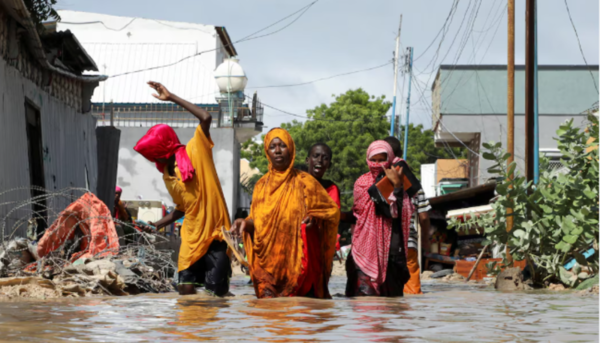
The Horn of Africa, including Somalia, remains highly vulnerable to climate-related events. Experts have noted a trend of increasing frequency and intensity of extreme weather in the region.
Flash floods triggered by heavy seasonal rainfall since mid-April have affected more than 84,000 people across Somalia, the United Nations announced on Tuesday.
At least 17 people have died as a result of the flooding, according to the United Nations Office for the Coordination of Humanitarian Affairs (OCHA).
More To Read
- Haitians in ‘despair’ following abrupt suspension of US humanitarian support
- Sudan gripped by deadly crisis as hunger, disease and heat intensify
- Somalia, Djibouti sign troop deployment deal
- Somalia officially recognises SSC-Khatumo as 6th federal member state in historic unity move
- Fresh clashes in Somalia’s Gedo region force civilians to flee to Mandera
- UN warns of rising hunger across Africa
The Horn of Africa, including Somalia, remains highly vulnerable to climate-related events. Experts have noted a trend of increasing frequency and intensity of extreme weather in the region.
OCHA reported that the floods have caused widespread displacement and damage to infrastructure. Over 8,100 people have been forced to leave their homes. Many of the displaced are now without shelter and face restricted access to clean water and aid.
"Since mid-April, flash floods caused by heavy seasonal rains have killed 17 people and affected over 84,000 people in several areas," OCHA said.
The areas most affected include the federal member states of Jubaland, Hirshabelle, South West, Galmudug, and Puntland. The Banadir region, which includes the capital, Mogadishu, has also experienced a significant impact.
According to OCHA, the floods have destroyed nearly 200 latrines, and several water sources have been submerged. The destruction of basic infrastructure is raising health and sanitation concerns in the affected communities.
Local authorities have confirmed that the flooding has severely affected communities already living in displacement. Many people in these areas had not yet recovered from previous natural disasters or conflict-related displacements.
This latest flooding follows an earlier incident in southeastern Banadir, where heavy rains caused the deaths of at least nine individuals and affected nearly 24,600 others.
That event occurred only days before the current flooding began.
Meteorological agencies are forecasting more rainfall in the coming days, particularly in the southern and central regions of the country.
Humanitarian groups are preparing for possible additional displacement and damage.
Somalia has faced similar events in recent years. In 2023, floods linked to the El Niño weather phenomenon killed over 100 people and displaced more than one million. That disaster also caused significant damage to infrastructure and disrupted livelihoods in multiple regions.
Humanitarian organisations are continuing to monitor the situation and are working with local and national authorities to deliver aid. However, access to affected areas remains a challenge due to damaged roads and infrastructure.
OCHA has called for increased support to respond to the needs of those affected and to reduce further risks to vulnerable communities
Top Stories Today
- Blow to Gachagua as High Court rejects second bid to recuse impeachment case judges
- Kenyan engineer killed in South Sudan ambush
- WHO flags Hepatitis D as carcinogenic, raises liver cancer alert
- How heroin, ivory and gold flow through Africa’s criminal trade routes
- Court to rule in October on its jurisdiction in case seeking Lagat's suspension
- Kenya Railways adjusts Suswa Leisure Train timetable effective August 1
